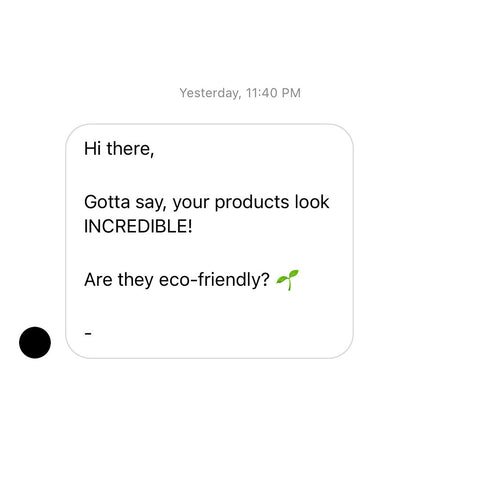News
Stand Up, Fight Back
Source: Freedom for All Americans To the people asking why I would turn away sales,...
IFRA Compliance
Photo by Hans Reniers on Unsplash The International Fragrance Association (IFRA) works hand in hand...

What it means for a perfume to be eco-friendly
I received a direct message (DM) on Instagram asking if my fragrances are eco-friendly. I...


